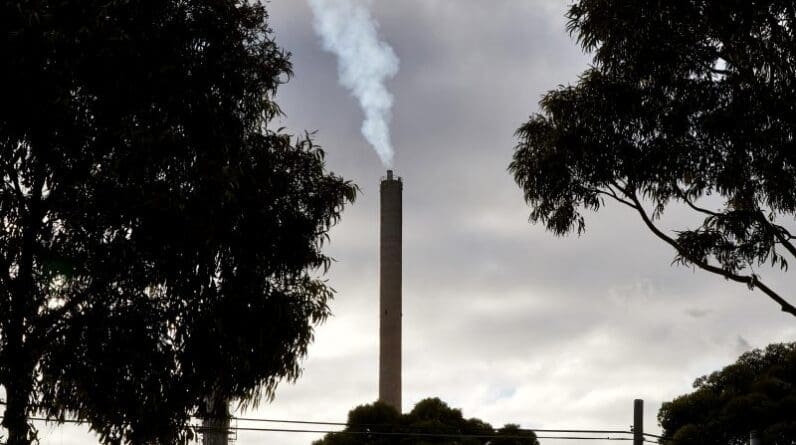
This analysis is by Bloomberg Intelligence Senior Analysts Salih Yilmaz and Will Hares. It appeared first on the Bloomberg Terminal.
Brent oil is expected to be above $80 a barrel — the price OPEC+ seems to be targeting as a floor — at the end of 2024, according to 53% of the 143 respondents to Bloomberg Intelligence’s February oil-price survey, while only 5% see prices surpassing $100. OPEC+’s alliance is widely expected to remain, though most respondents believe the group will have to keep supply management — at least sporadically — to help balance the market and support prices. Only 24% of those responding expect peak oil demand before 2030 — compared with almost 50% in the 2022 survey — as sentiment shifts around the resilience of demand and the outlook for continued consumption growth.
Bloomberg Intelligence: Data-driven research
Majority sees oil price rangebound in $70-$90 a barrel
Brent oil is expected to be above $80 a barrel at the end of 2024, according to 53% of survey participants — in line with our scenario analysis — while 37% say it’ll be between $70-$80 a barrel. 78% think that prices will be between $70-$90 a barrel. OPEC+’s extension of its voluntary output cuts into 2Q is supporting prices above $80, though worries around demand and an outlook for ample supply may keep prices in check through this year. Meanwhile, the backwardation in the oil curve suggests a relatively tight physical market.
Brent’s fair value is slightly above current levels at just over $85 a barrel, based on BI’s proprietary scenario analyzer, though any escalation of the Middle East conflict could push the price above $100.
92% of the 143 respondents to BI’s oil survey say that there’s a less than $5 a barrel geopolitical risk premium attached to oil prices by the market. The turmoil in the Red Sea and the Israel-Hamas conflict has arguably had a limited effect on prices, given there hasn’t been any substantial disruption to oil flows, and OPEC+ has a meaningful amount of spare capacity. However, the Middle East tensions and the geopolitical risk premium — as Houthi militants continue to attack ships in the Red Sea — may be slowly starting to become more baked into oil prices. That’s after they were outweighed by weak economic prospects and a bleak demand picture in the past few months, as Brent oil price tests $85 a barrel.

Key driver of oil prices? Wide disparity of views in BI survey
There’s a wide disparity of opinion around what the biggest driver will be for oil prices over the next two years. 27% of the 143 respondents to BI’s oil survey said it will be OPEC+ policy, while another 27% said it’ll be the China demand story. 22% believe it will be the non-OPEC+ supply growth, and another 14% think it’ll be the Fed policy and interest rate outlook.
Geopolitical developments have been one of the key drivers of crude in the past few months — especially since Oct. 7 — though only 10% of the respondents think this will be the biggest driver of oil prices over the next two years.








